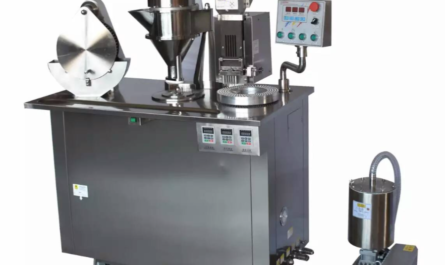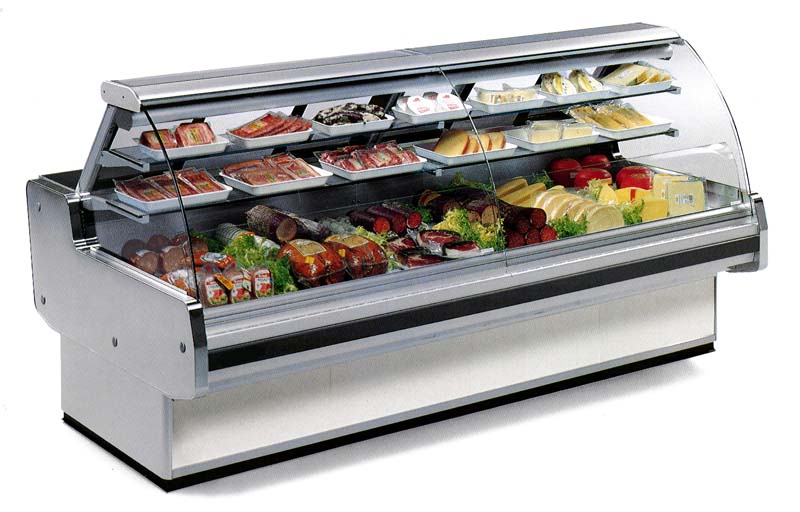The human hand is one of the most important and delicate parts of our body. Our hands allow us to perform hundreds of tasks on a daily basis, big or small. However, within industrial work environments, our hands are often exposed to potential dangers like cuts, abrasions, chemical burns, and more. This is why industrial hand protection gloves have become an essential part of personal protective equipment (PPE) in numerous industries.
Types of Industrial Gloves
Cut-resistant gloves:
One of the most common risks to hands in industrial settings are cuts from sharp edges, glass shards, or moving machinery. To protect against such lacerations, cut-resistant gloves made with materials like Kevlar, steel or ultra-high-molecular-weight polyethylene (UHMWPE) fibers are used. These strong, cut-proof gloves come in a variety of designs suitable for tasks involving knives, metal sheets, or automotive repairs.
Chemical-resistant gloves:
Many industrial processes and cleanings involve exposure to harmful chemicals like acids, alkalis, solvents, oils or fuels that can damage skin upon contact. Chemical-resistant gloves made from polymers like PVC, nitrile or neoprene are impervious to a wide range of chemicals. Industrial Hand Protection Gloves type of chemical-resistant glove used depends on the specific substances involved.
Heat-resistant gloves:
High-temperature processes like metalworking, foundry work, welding or firefighting expose hands to risks of burns. For such duties, insulated gloves made with materials like leather, rubberized materials or specialized alloys provide heat protection. Different heat-resistant gloves can withstand temperatures ranging from 100°C to 1,000°C.
Insulating gloves:
Working with electricity or on energized equipment endangers lives. Insulating gloves can be made of specialized composites, plastics or rubbers to insulate hands from voltage up to 1,000 volts or more. Such gloves are critical PPE for electricians, power plant workers and those handling high-voltage machinery.
General-purpose work gloves:
For general handling of materials, carrying out repairs or performing labor, durable leather or synthetic work gloves are donned. Features like padded palms, grip enhancements, breathability and washability make them versatile accessories for a variety of industrial occupations.
Choosing the Right Industrial Gloves
With so many glove types available, selecting the most appropriate pair for a job is important. Factors to consider include:
– Hazard identification: Understanding the specific risks like cuts, chemicals, heat sources helps determine the necessary level of protection.
– Type of material handled: Sharp, abrasive or very hot materials may require specialized cut- or heat-resistant gloves.
– Durability: Tasks involving rough surfaces or repeated motions need very tough gloves.
– Grip: Wet or oily surfaces necessitate textured, slip-resistant gloves.
– Dexterity: Some responsibilities demand high finger flexibility – latex coated gloves may be preferable then.
– Sizing: Proper fitting gloves avoid undue pressure points or gaps.
– Certification: For certain industries, gloves need certification for cut, chemical or heat resistance.
– Replaceability: Disposable or reusable gloves impact overall glove budget and safety.
By thoughtfully assessing task hazards and needs, the most cost-effective and appropriate industrial glove ensemble can be selected from the many protective options available today. This ultimately results in healthier, safer hands.
Industrial Gloves – Reducing Workplace Injuries
With millions of manual laborers worldwide exposed to hand injuries constantly, even minor accidents can have major health, financial and productivity implications if left unchecked. A 2019 report estimated over 335,000 lost-time hand injuries occur annually in United States general industry and construction work alone – costing employers billions in medical expenses and lost workdays.
Mandatory use of appropriate industrial gloves has proven tremendously effective at arresting these alarming workplace injury numbers.
Some key role of gloves in hand protection include:
– Acting as an important physical barrier between skin and hazards like chemicals, particulates, lacerations, burns and more.
– Absorbing impact forces and vibrations to safeguard fragile hand structures from damage.
– Providing slip-resistant surfaces to avoid accidents due to improper or lost grip.
– shielding hands from extreme temperatures that could cause thermal burns, frostbite or other complications.
– Blocking entry of infectious agents, preventing spread of industrial diseases.
– Allowing safe handling of sharp materials like metal sheeting or glass without risk of cuts.
– Permitting prolonged, recurrent tasks without resulting in calluses, blisters or repetitive strain injuries.
When used correctly along with other basic safety precautions, high-quality industrial gloves can significantly curb lost workdays due to preventable hand traumas. This translates to heightened protection for worker health as well as augmented productivity and reduced costs for companies relying on manual labor. Proper hand protection through gloves must thus be treated as an indispensable part of any industrial work environment.
*Note:
1. Source: Coherent Market Insights, Public sources, Desk research
2. We have leveraged AI tools to mine information and compile it



